Venus de Milo: The Timeless Beauty of Classical Sculpture
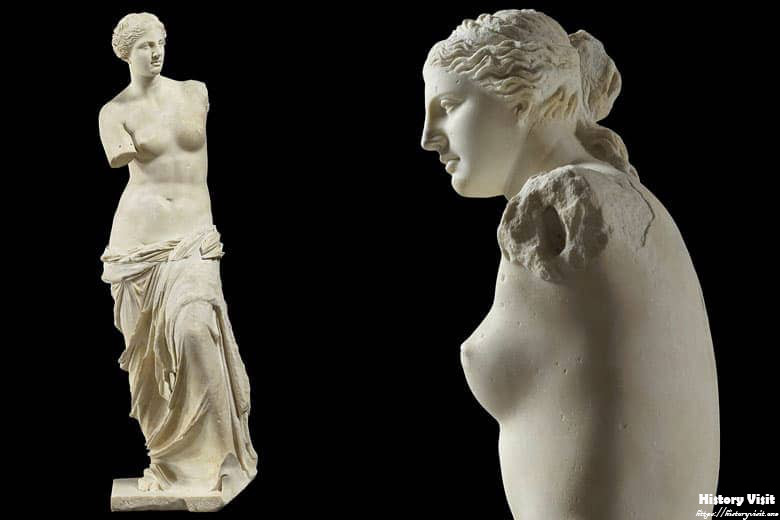
Introduction
The Venus de Milo, one of the most celebrated sculptures from ancient Greece, epitomizes the artistic achievements of the Hellenistic period. Discovered in 1820 on the island of Milos, this iconic statue is renowned for its beauty, craftsmanship, and the mystery surrounding its missing arms. Today, it resides in the Louvre Museum in Paris, where it continues to captivate millions of visitors each year.
The statue’s significance in art history cannot be overstated. As a representation of the goddess Aphrodite, the Venus de Milo embodies the ancient Greeks’ ideals of beauty and divine femininity. Its discovery and subsequent acquisition by the Louvre have cemented its status as a symbol of classical art and an enduring icon of aesthetic perfection.
This article will explore the historical background of the Venus de Milo, analyze its artistic elements, interpret its symbolism, and discuss its impact and legacy. Additionally, we will examine the preservation efforts that have ensured its survival for future generations. Through this comprehensive examination, we aim to appreciate the enduring allure and significance of this timeless masterpiece.
Historical Background

The Venus de Milo was unearthed in 1820 by a peasant named Yorgos Kentrotas on the island of Milos, in the Aegean Sea. The statue was found in several pieces within the ruins of an ancient theater, buried under centuries of earth and rubble. Recognizing its significance, local authorities quickly notified French naval officers stationed nearby, leading to its acquisition by the French government.
Once brought to France, the Venus de Milo was presented to King Louis XVIII, who subsequently donated it to the Louvre Museum. The statue was initially met with widespread acclaim, admired for its exquisite craftsmanship and the graceful beauty of its form. Its arrival in Paris coincided with a renewed interest in classical antiquity, further enhancing its allure and significance.
The historical context of the Venus de Milo is rooted in the Hellenistic period of ancient Greece, which spanned from the late 4th century to the 1st century BC. This era was marked by a flourishing of the arts and a focus on naturalism, expression, and intricate detail. The statue’s style reflects these characteristics, showcasing the skill and sophistication of Hellenistic sculptors.
Artistic Analysis
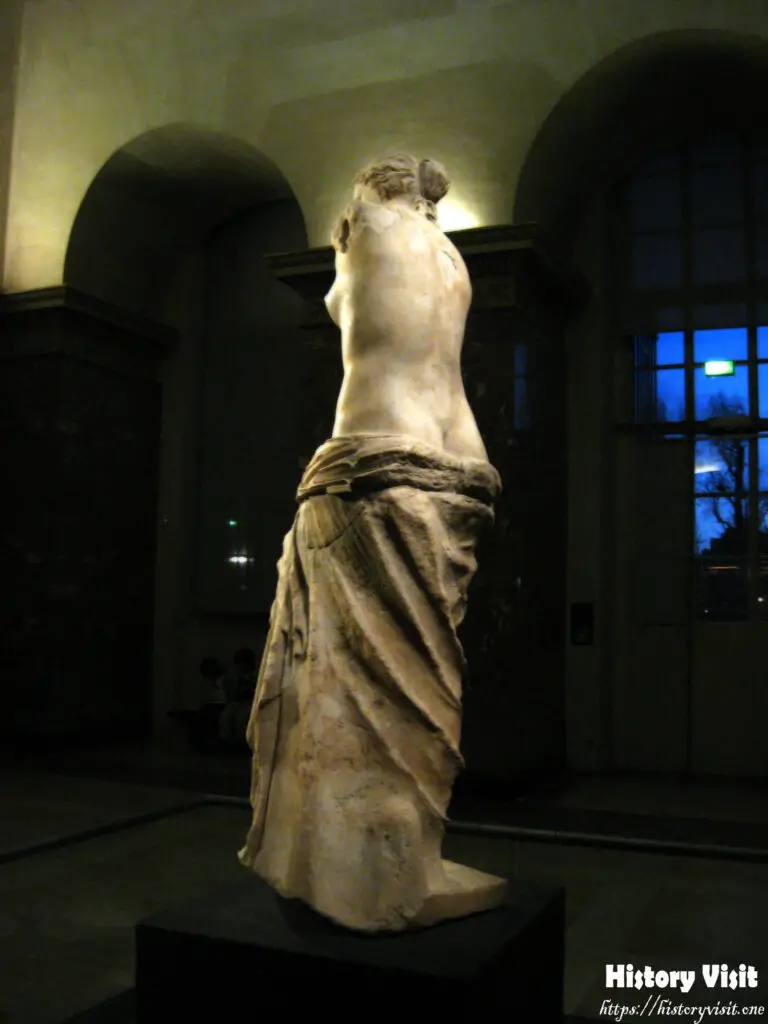
The Venus de Milo stands at an impressive height of approximately 6 feet 8 inches (204 cm), making it a commanding presence. The statue is carved from Parian marble, a material prized for its fine grain and ability to achieve intricate detail. The figure is depicted in a contrapposto stance, with weight shifted onto one leg, giving the body a sense of movement and naturalism.
Rodin’s mastery of form is evident in the statue’s lifelike anatomy and the subtlety of its drapery. The lower half of the Venus de Milo is covered by a flowing garment that clings to her hips and thighs, accentuating her curves and adding to the sculpture’s sensuality. The folds of the drapery are meticulously carved, showcasing the artist’s attention to detail and ability to convey texture.
The statue’s facial features are serene and idealized, consistent with classical depictions of divine figures. The slight turn of the head and the calm expression suggest a sense of grace and introspection. Although the arms are missing, the remaining fragments hint at a dynamic pose, possibly involving gestures of the hands that would have added further depth to the sculpture’s narrative.
Symbolism and Interpretation

The Venus de Milo is widely believed to represent Aphrodite, the ancient Greek goddess of love and beauty. This identification is based on the statue’s style, attributes, and the historical context of its creation. Aphrodite was a central figure in Greek mythology, often depicted in art as a symbol of physical and divine beauty, fertility, and sensuality.
The missing arms of the Venus de Milo have sparked considerable debate and speculation among scholars and art enthusiasts. Various reconstructions have been proposed, suggesting she may have been holding an apple, a shield, or even adjusting her drapery. These hypothetical gestures would have added layers of meaning to the statue, enhancing its narrative and symbolic complexity.
Culturally, the Venus de Milo represents the ancient Greeks’ ideal of female beauty, characterized by harmonious proportions, graceful posture, and a serene expression. The statue’s depiction of the nude female form, combined with its refined craftsmanship, reflects the Greek pursuit of aesthetic perfection and their reverence for the divine in human form.
Impact and Legacy
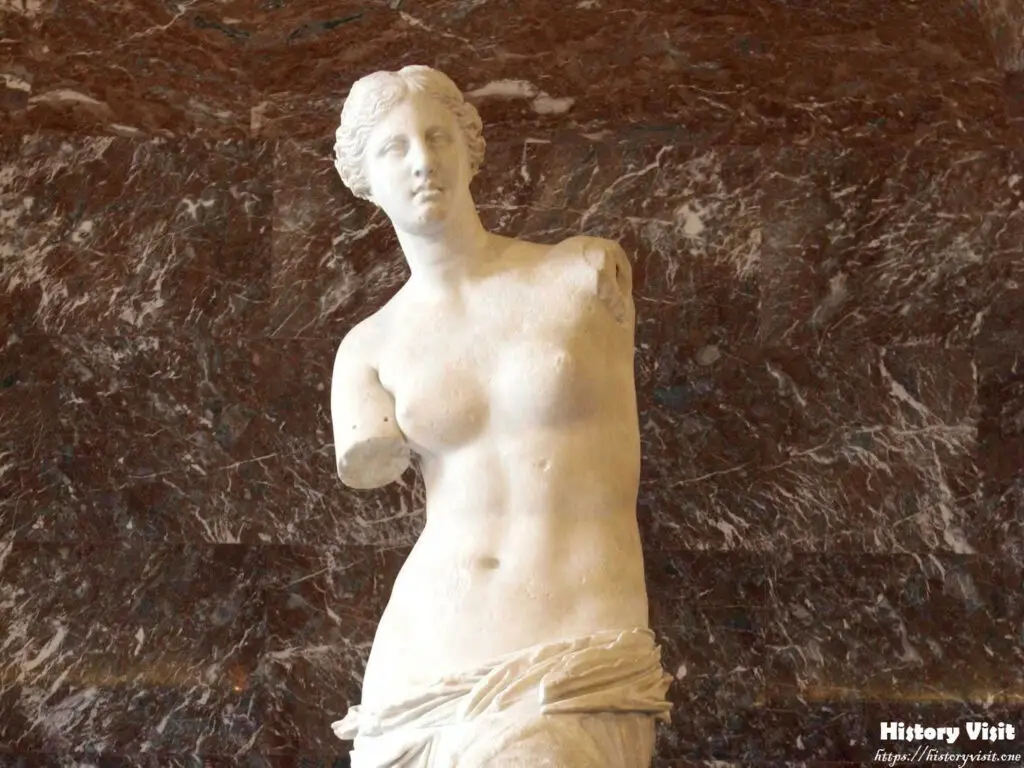
The Venus de Milo has had a profound influence on the development of Western art, serving as a touchstone for artists and scholars throughout history. Its discovery in the 19th century fueled a renewed interest in classical antiquity and inspired a wave of neoclassical art. Artists such as Jean-Auguste-Dominique Ingres and Antonio Canova drew inspiration from the statue’s idealized beauty and technical mastery.
In popular culture, the Venus de Milo has transcended the realm of fine art to become an enduring symbol of classical beauty and artistic excellence. It has been referenced in literature, film, and other media, often evoking themes of beauty, mystery, and timelessness. Its iconic status is reinforced by its prominent display in the Louvre, where it continues to be a major attraction.
The global recognition of the Venus de Milo is also reflected in its numerous replicas and adaptations. From plaster casts in art academies to digital reproductions in virtual museums, the statue’s image is widely disseminated, ensuring its continued influence and relevance. This widespread availability allows diverse audiences to engage with and appreciate this masterpiece of ancient sculpture.
Preservation and Conservation
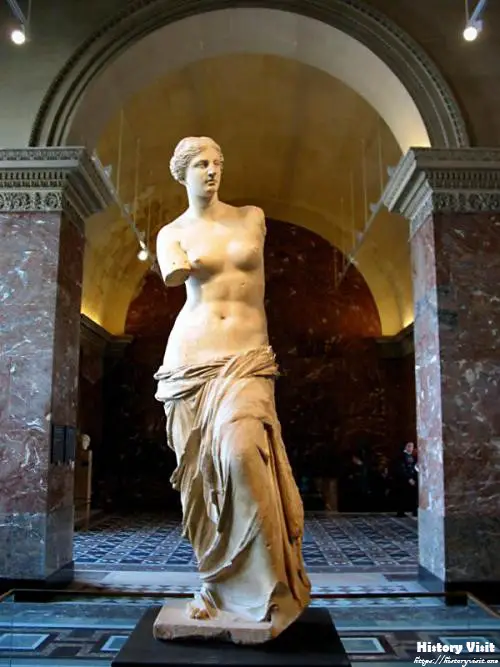
Preserving the Venus de Milo has been a priority for the Louvre Museum, given its significance and fragile condition. Over the years, various conservation efforts have been undertaken to address issues such as surface dirt, structural stability, and environmental factors. These efforts have aimed to maintain the statue’s integrity while minimizing any potential damage.
One of the main challenges in conserving the Venus de Milo is its exposure to the public, which increases the risk of wear and tear. The Louvre employs stringent measures to protect the statue, including controlled lighting, climate regulation, and restricted access. These precautions help mitigate the effects of environmental conditions and human interaction.
Recent advancements in conservation science have enhanced the ability to preserve and study the Venus de Milo. Techniques such as 3D scanning and non-invasive imaging allow conservators to monitor the statue’s condition and conduct detailed analyses without causing harm. These technologies provide valuable insights into the materials and methods used in the statue’s creation, contributing to our understanding of ancient Greek art.
Conclusion
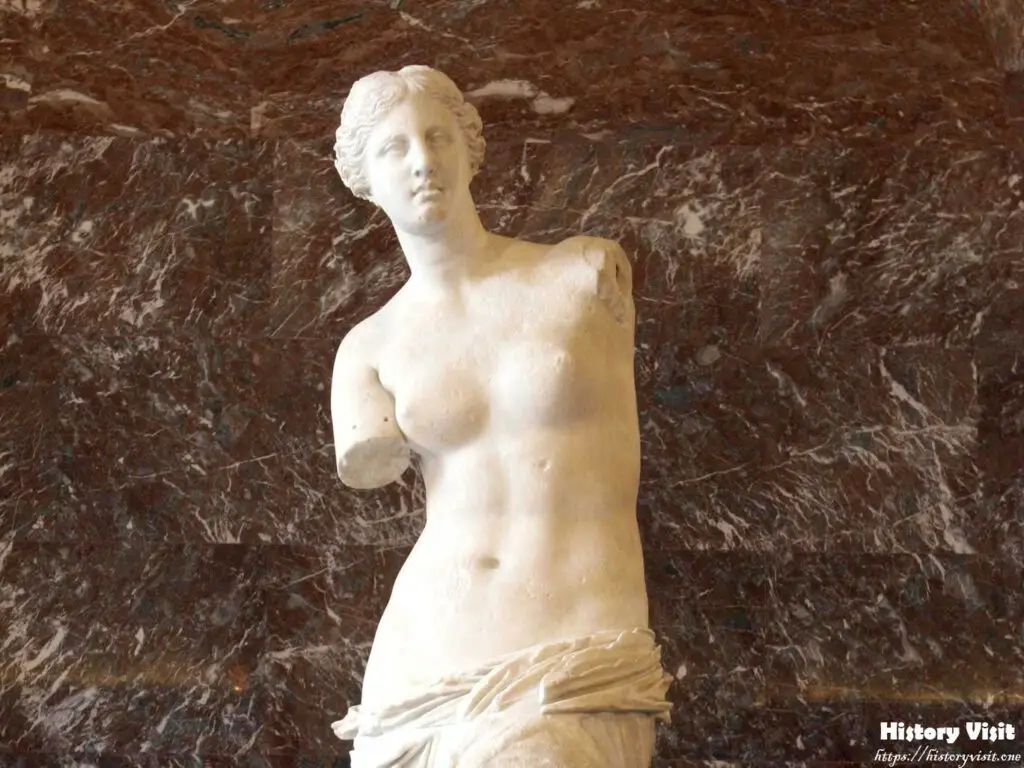
The Venus de Milo stands as a testament to the artistic achievements of ancient Greece and the enduring appeal of classical beauty. Its discovery on the island of Milos and subsequent acquisition by the Louvre Museum have ensured its place in the pantheon of art history. As a symbol of Aphrodite, the statue captures the essence of divine femininity and aesthetic perfection.
Rodin’s masterpiece continues to inspire and captivate audiences, highlighting the timeless nature of great art. Its influence on subsequent generations of artists and its iconic status in popular culture underscore its significance. The Venus de Milo remains a touchstone for those seeking to understand and appreciate the ideals of beauty and craftsmanship that defined ancient Greek sculpture.
In reflecting on the Venus de Milo, we are reminded of the power of art to transcend time and space, connecting us with the past and inspiring future creativity. Its preservation and continued display at the Louvre allow us to engage with this masterpiece, ensuring that its legacy endures for generations to come. Through its graceful form and profound symbolism, the Venus de Milo continues to be a beacon of artistic and cultural excellence.


